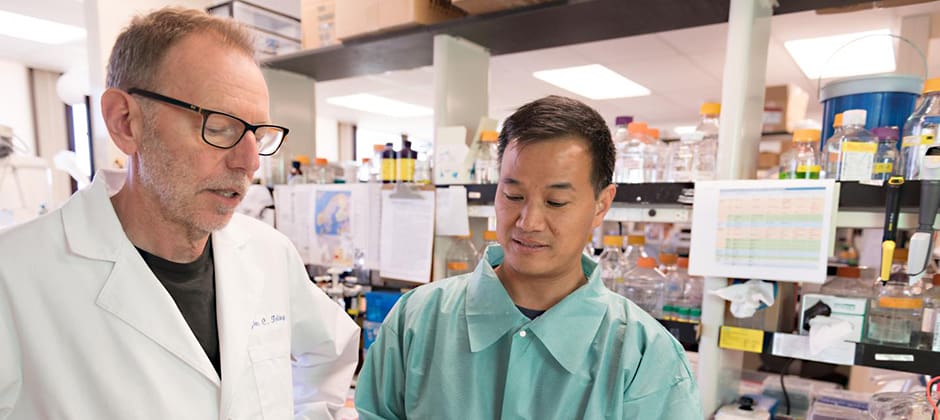Share this article
Elk and deer exhibit distinct CWD strains, study finds
Using a new mouse model, researchers detected two unique strains of chronic wasting disease— one carried by elk and another by deer.
“These findings suggest that CWD from elk and deer pose distinct risks to humans and other species,” researchers wrote in a recent study published in Proceedings of the National Academy of Sciences, although how much of a threat they may pose to humans remains unclear.
“I would say the evidence for that is mixed right now,” said Glenn Telling, director of the Prion Research Center at Colorado State University and a co-author on the study. “Because it’s an emerging disease, it’s really too soon to say if human beings are at risk.”
CWD has impacted cervid populations throughout North America, causing affected individuals to waste away until they die. Researchers developed the mouse model to get around the difficulty of studying the disease in large animals. They found CWD spread easily between mice, although the response of genetically engineered mice to CWD differed depending on whether they expressed the deer or the elk prion protein.
“When you try to infect normal mice with CWD, they essentially don’t get sick,” Telling said. “That’s because of the species barrier. The species barrier describes the ease of difficulty that one prion can cause disease in a different species.”
Telling and his colleagues were able to engineer mice to express the prion proteins from deer or elk, which rendered them susceptible to CWD, allowing the team to study the disease and eventually look at possible treatments.
By using these mouse models, Telling and his colleagues were able to detect distinct deer and elk CWD strains, which showed differences in incubation time and other biological properties. The differences are akin to different strains of viruses, like influenza or herpes, which can have very different properties, he said.
“Strain properties of prions can have significant effects on interspecies transmission,” Telling said. “It has significant ramifications when you consider zoonotic potential of prions.”
The research team is currently working on a gene-targeted model to study the potential for CWD transmission to humans.
Header Image: Glenn Telling, left, director of the Prion Research Center at Colorado State University, talks with research assistant Jifeng Bian about their chronic wasting disease research. ©Bill Cotton/CSU Photography








